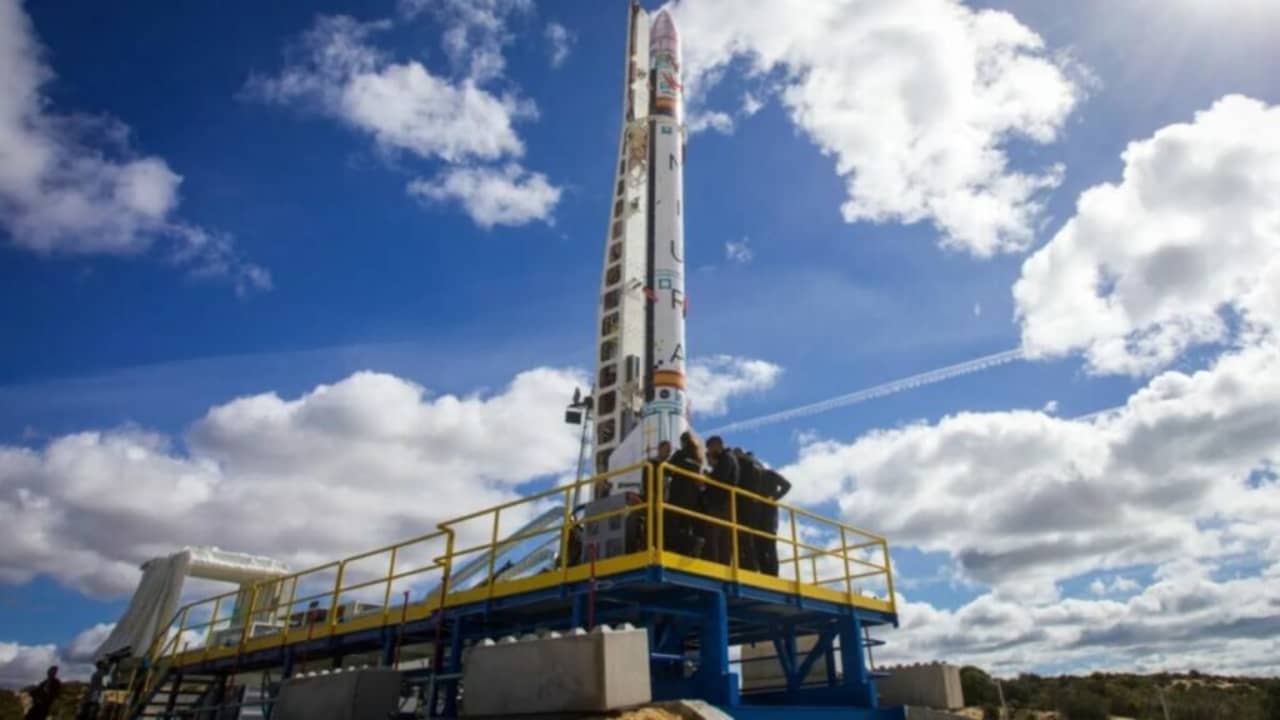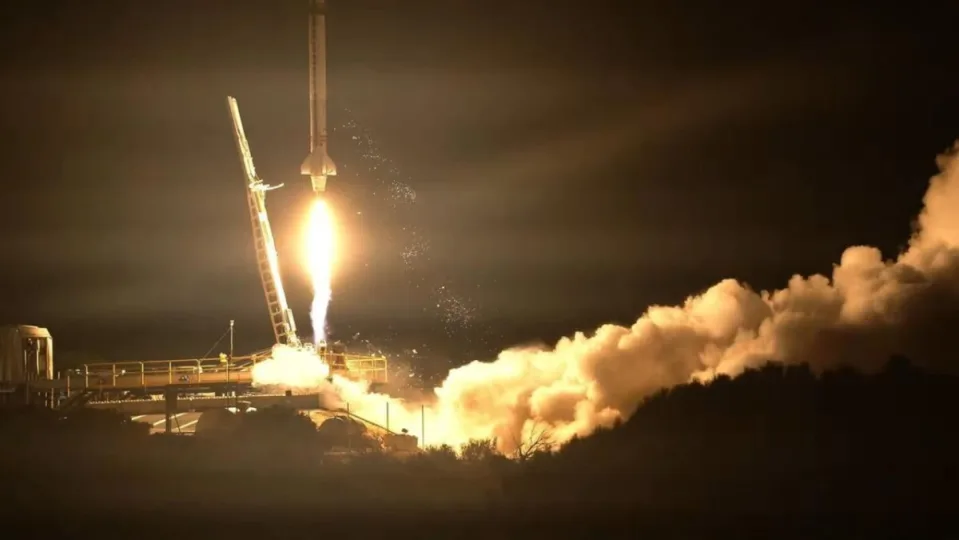This weekend, Spain made history. While we are used to hearing news about NASA and other space agencies, Spain was never mentioned. The reason? Well, basically, until this year, we didn’t have our own space agency.
But everything changed this Saturday after the successful launch of Miura 1, the first “made in Spain” space rocket, and the first private European vehicle to travel into space. And the best part: I, the person writing these lines, was there, in person, witnessing (and experiencing) a unique event.
The story of Miura 1 and PLD Space, the private company from Alicante that created it, is not straightforward. To begin with, it’s essential to understand that almost all of their funding has come from private sources. They had to search for interested investors, a task that, as you can imagine, is not easy in today’s times.
But funding wasn’t the only challenge. After 12 years of development, the rocket was ready for launch in May of this year, but the launch was postponed twice due to unfavorable weather conditions: once due to “high chances of rain” and the other due to “high-altitude wind gusts beyond acceptable limits.”
Despite these setbacks, morale within the company never wavered. Despite the obstacles, the PLD Space team was eager to launch the rocket that many of them, who are around 30 years old, had been working on for a third of their lives. After much consideration, the company finally decided to carry out the launch on October 7th at 2 in the morning (Spanish peninsular time).

And there I was, waiting since 1 in the morning on the beach in Mazagón (Huelva), along with hundreds of people who didn’t want to miss the highly anticipated launch from the nearby facilities of the El Arenosillo Experimental Center in Moguer.
Excitement filled the air: many of us were watching the PLD Space livestream on YouTube on our phones, witnessing the progress of the engineering team in the phases leading up to the launch. Also, true to form in Spain, many started singing Spanish songs or shouting the classic “¡hola, fondo norte!” (hello, north end!) to which others responded with a hearty “¡hola, fondo sur!” (hello, south end!).
After an hour of waiting on my part (some people had been waiting on the beach for hours), the clock struck 2 in the morning. We knew the launch was delayed, as the countdown timer kept adding more time for liftoff. But a little after 2:15, everything was ready, and the countdown began.
All of us were on edge, as if it were the final shot of a penalty shootout deciding the winner of the World Cup. Would it go well, or would everything go wrong? According to PLD Space, the chances of success were 45%. Had we all waited in vain?
But, as you already know, everything went well. At the moment when the countdown showed there were 10 seconds left for the launch (the streaming had a bit of delay), a bright orange light could be seen over the distant hills accompanied by the powerful sound of Miura 1’s TEPREL-B engine. A few seconds later, the entire night sky was a brilliant shade of orange, with only the intense glow of the rocket’s propulsion system visible.
The flight of Miura 1 lasted just under 2 minutes, but it was more than enough for PLD Space to gather all the necessary information, thanks to the instruments on board (accompanied by a wheel of cheese, a tradition that Elon Musk started in 2010 with his space company, SpaceX).
Now, following the great success of the Miura 1 launch, PLD Space has already started working on the company’s next prototype. If everything goes well and subsequent Miura missions are carried out according to the planned schedules, the future Miura 5 would have the capacity to carry payloads weighing up to 450 kilograms into space, something that would be of great interest to many national and international companies.
One thing is certain: unless there’s an obstacle on my end, I’ll be there again to witness PLD Space’s future launches.


